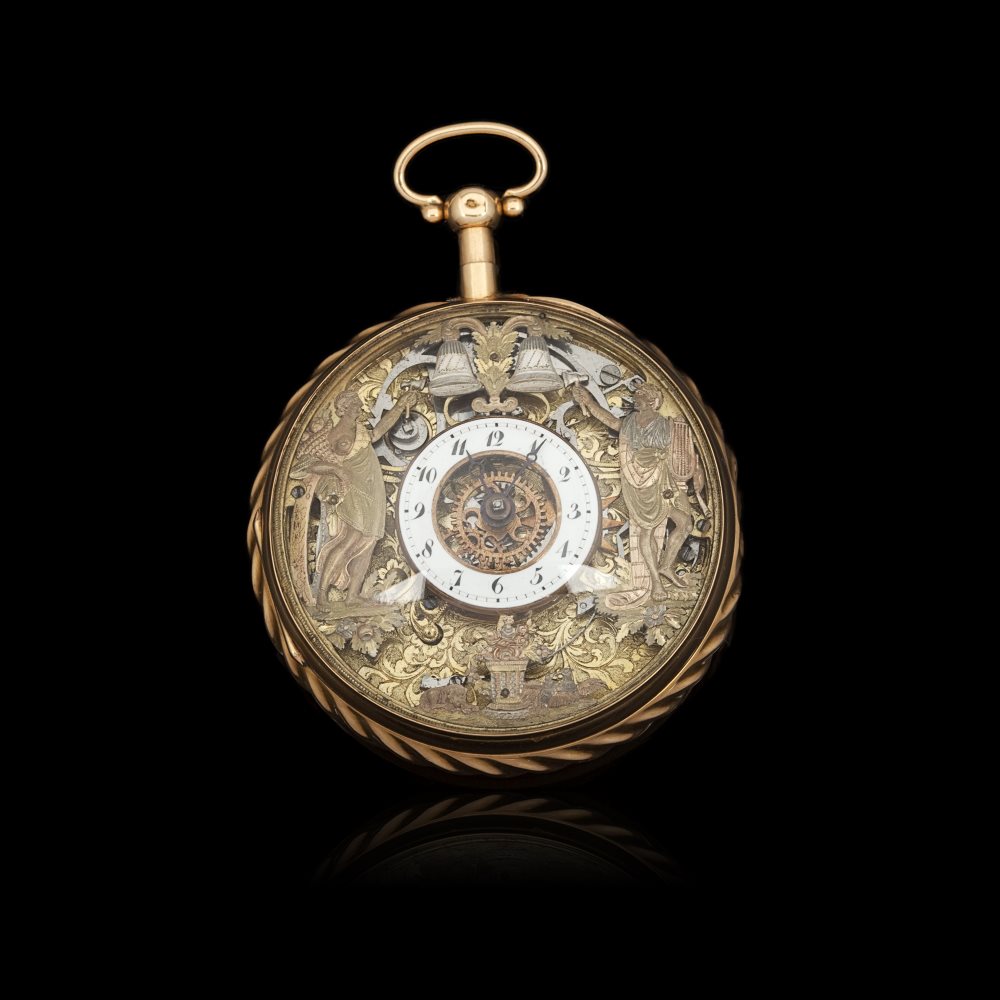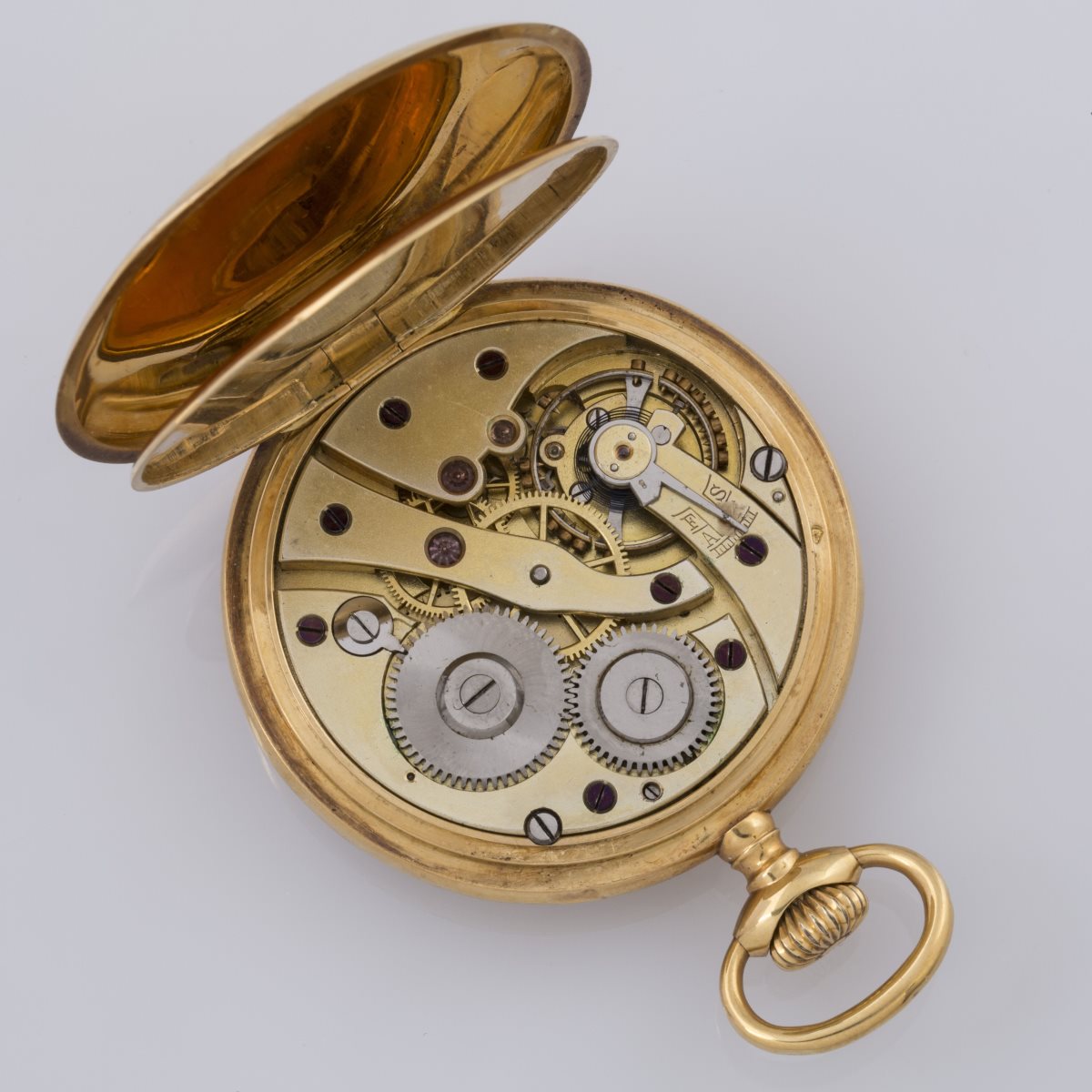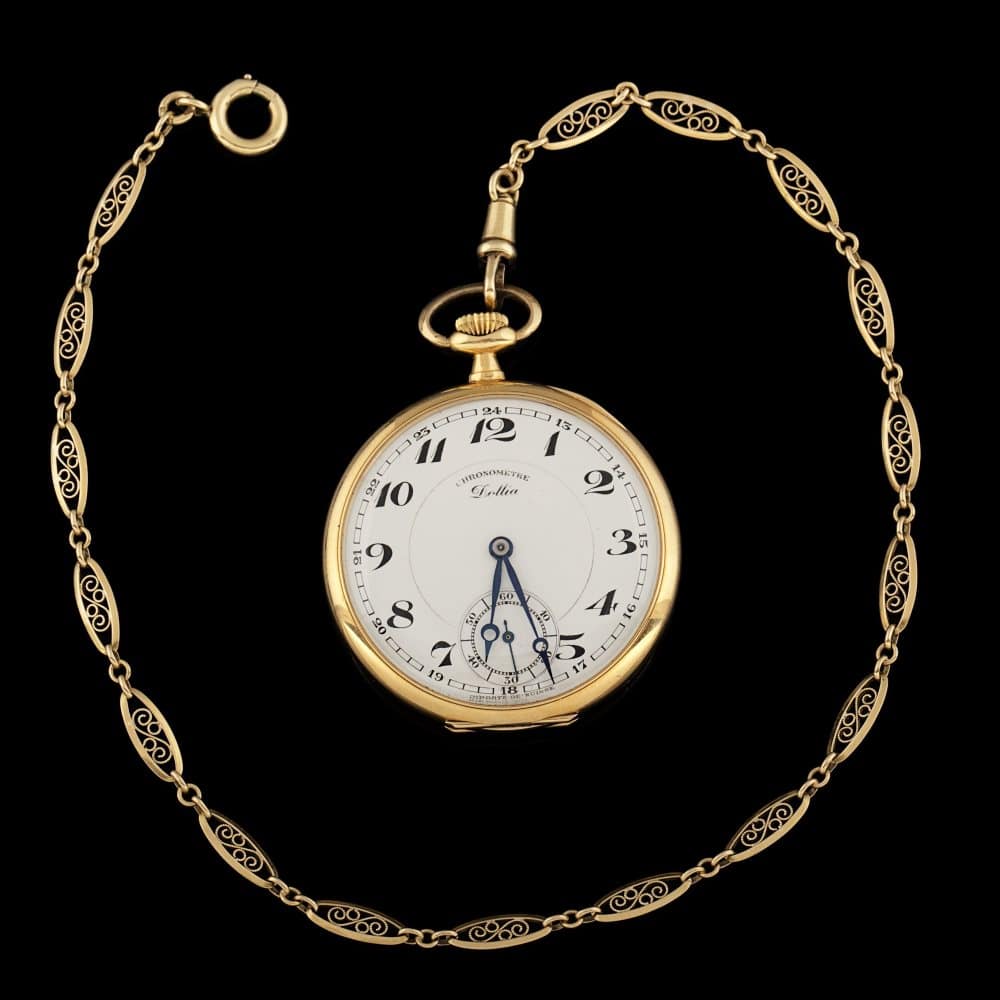The transformations of watchmaking in the Renaissance and the classical period stem directly from the changes marking the end of the Middle Ages in the conception of time. By imposing on public monuments, clocks of bell towers and belfries tended to democratize the measurement of hours, to make it universal. All that was missing was the miniaturization and the improvement of existing mechanisms so that the clock could enter into its fully modern meaning; and it is, in part, the work on the marine clock that made this possible. Discover the history of watchmaking between 1500 and 1800.
The evolution of watchmaking in the Renaissance and the classical era
The concept of miniaturization of timepieces, thus of possibility of transport, is born towards the end of the Gothic period; this is what will lead to the modern acceptance of the idea of a watch, and it is a preoccupation that runs through the entire history of watchmaking in the Renaissance and the classical era.
The diffusion of the clock – its entry into the homes as common equipment – requires its miniaturization. The small format is an essential aim for the timepieces to leave the town halls and the churches, and integrate the interiors of the workshops and houses; as a result, we must invent an entirely new technology, rethink the entire mechanism. Small dimensions imply the use of a screw; the screw, in turn, allows the development of other mechanisms; the market opened by miniaturization creates a demand which, itself, pushes to create new models accessible to the greatest number; etc.
In any case, it is the invention of the mainspring in the fifteenth century, replacing the clocks’ own balance, which gradually reduces the size of the timepieces. By stretching and relaxing, the spring provides the energy needed to operate the mechanism, without the need for a large object such as the pendulum.
From clock to watch
Peter Heinlein is generally credited with the paternity of the pocket watch, the starting point of Renaissance watchmaking; it is worn in the saltire or around the neck, at the end of a chain. By flattening herself, she will then give the pocket watch. We are then at Augsburg, Germany, at the dawn of the sixteenth century; with Nuremberg, the two cities are the leading watchmaking centers in Europe. The center of gravity of watchmaking is rapidly moving towards Geneva and London: at the end of the 16th century, the former already has 25 master watchmakers; a century later, they are close to a hundred. As for England, the corporation of watchmakers officially saw the light of day in 1631: it responded to the concern of local artisans who saw the precision work on timepieces trusteed by technicians from across the Channel. The development of the pocket watch is therefore accompanied by the growth of watchmaking as an industry.
Finally, the wristwatch, the culmination of this slow sliding that leads from the clock to the watch (both miniaturized and transportable), appears towards the end of the 18th century, when Pierre Jaquet-Droz conceives and realizes his first models to Geneva. The history of watchmaking sometimes evokes the existence of wristwatches long before that date (Queen Elizabeth I had received, at the end of the sixteenth century, a bracelet decorated with a small timepiece), but it remains difficult to judge the authenticity of these references.
Navy Clock and Pendulum: The Grail of 17th Century Inventors
The history of the development of watchmaking is closely linked to that of the evolutions of the marine clock: it is the human need to determine a precise position on the oceans that pushed the inventors of the classical era to design instruments. intended to be used on the water, and this, in order to calculate longitude at any time – a case much more complex than the determination of the latitude, for which it was enough to know the height of the Sun on the horizon.
Inspired by the work of Galileo, who could never complete his plans to design a marine timepiece for use on the deck of a ship, the Dutch and British inventors are thinking of increasingly sophisticated marine chronometers. Galileo had “discovered” the isochronism of the pendulum in 1583, during a visit to the baptistery of the cathedral of Pisa, when he was only 19 years old; in the middle of the 17th century, Christian Huygens took over the use of the pendulum and adapted it to make it a marine clock.
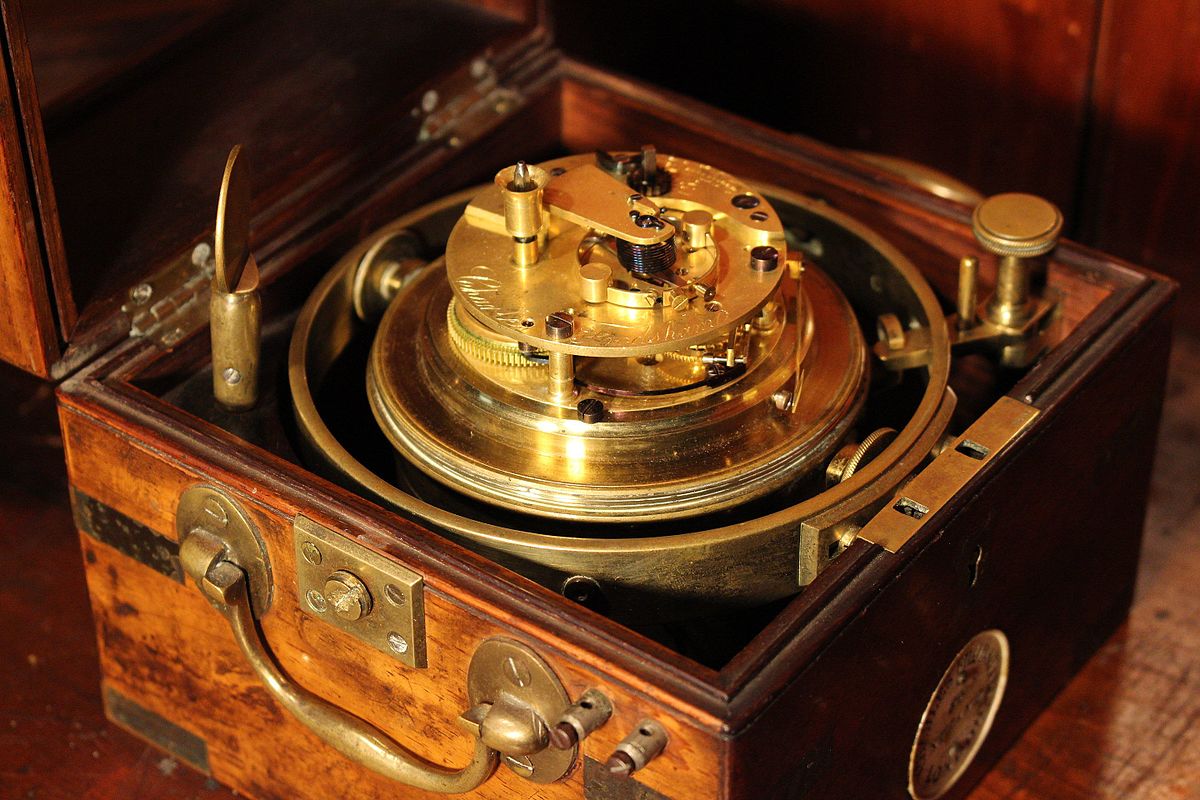
When Huygens made the first spiral spring watch in 1674, the English inventor Robert Hooke cried scandal: he claims to have been at the origin of this discovery in 1658. Anyway, it remains that the combination of spring as a driving force and balance spring as regulator paves the way for the design of the classic marine clock. This system found, it remains only to offer motivation: it is the contest launched in 1714 by the British Parliament, with a reward to the key to whoever would manage to realize a marine chronometer to measure the longitude with enough precision.
The winner of this contest is John Harrison. Assisted financially by the famous George Graham, he ended up in 1761 with a model of marine clock – the number 4 – which is only 5 seconds behind (only 1 minute and a half of longitude) over 6 months of crossing between London and Jamaica. But this is not the only revolution. Because the Harrison Navy Clock is the equivalent of a big watch, which means that it is transportable on land as on sea (the spring mechanism ignoring gravity) and easily readable by sailors. Much simpler to use than complex mathematics when it comes to water, the marine chronometer is gradually becoming more and more popular throughout Europe, opening the way for more and more precise mechanisms. , to modern watchmaking.
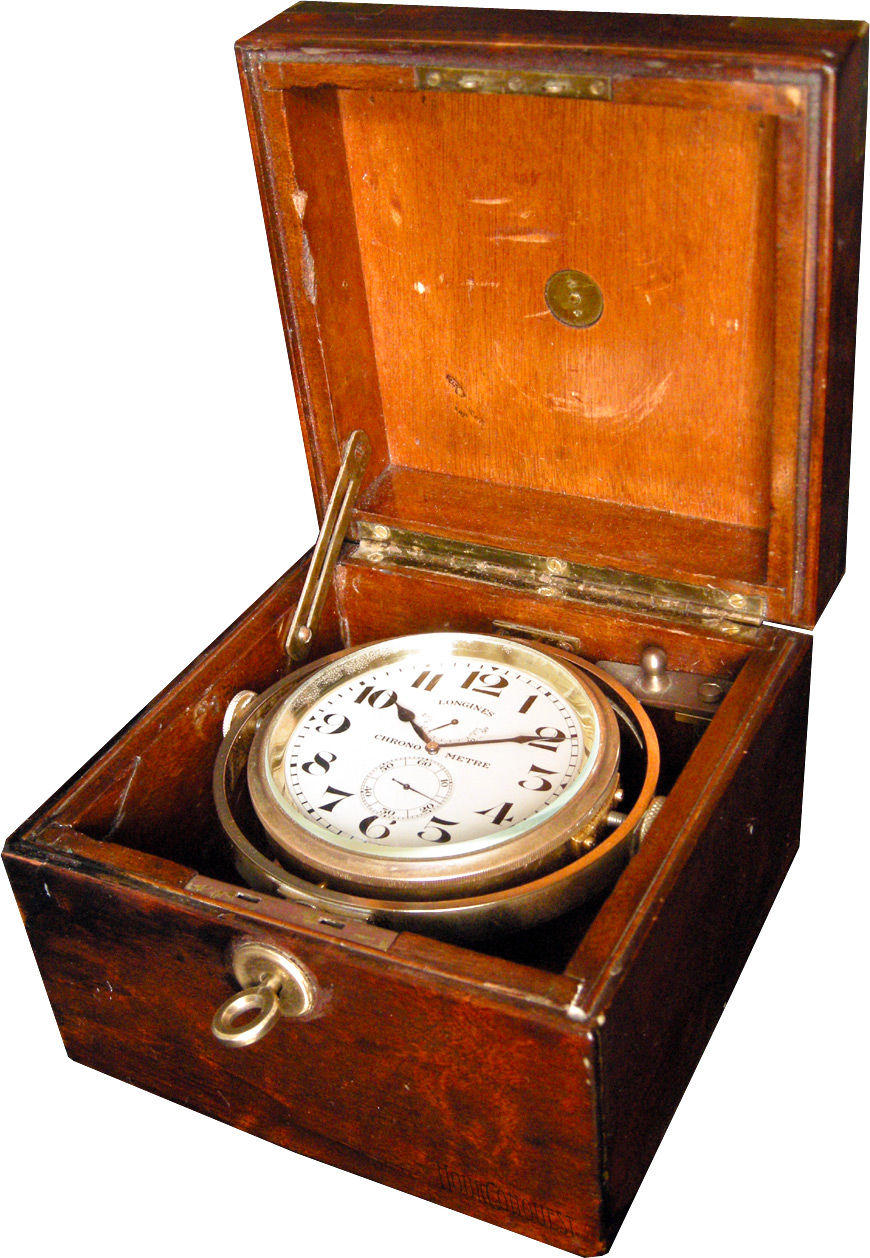


 Français
Français